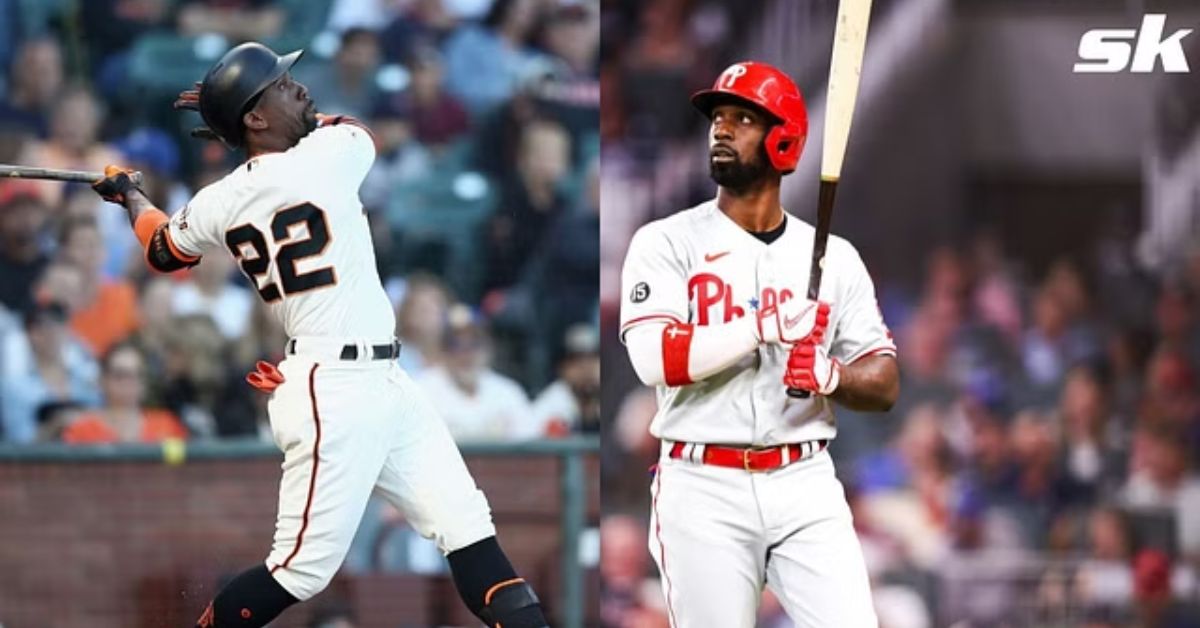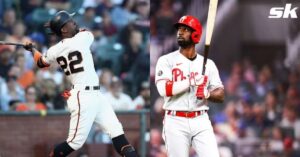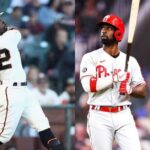The Phillies vs San Francisco Giants matchups are always thrilling spectacles in Major League Baseball. These games showcase some of the sport’s finest talents and most intense rivalries.
Both teams boast impressive rosters filled with skilled batters, powerful sluggers, and dominant pitchers. Their head-to-head statistics often reveal fascinating trends and individual player matchups.
From batting averages to earned run averages, from home runs to strikeouts, the stats tell a story of competition and excellence. They highlight the strengths and weaknesses of each team and its players.
Understanding the Rivalry
The Philadelphia Phillies and San Francisco Giants share a storied rivalry. Both teams have rich histories in Major League Baseball. Their matchups often bring excitement to fans across the nation. The rivalry dates back to their days in the National League East. It has continued even after realignment placed them in separate divisions.
Passionate fan bases fuel this rivalry. Philadelphia’s gritty spirit clashes with San Francisco’s laid-back culture. This contrast adds flavor to their encounters. The teams have faced off in crucial playoff games. These high-stakes battles have intensified their competition.
Key moments have defined this rivalry over the years. Memorable games have etched themselves into baseball lore. Players have become legends through their performances in these matchups. The rivalry extends beyond the field into the stands. Fans engage in friendly banter and spirited debates.
Key Player Stats to Watch
Batting average (AVG) is a crucial stat to monitor. It shows how consistently a player hits the ball. Players with high AVGs often drive their team’s offense.
On-base percentage (OBP) reveals a player’s ability to reach base. It includes walks and hit-by-pitches. A high OBP indicates a player who creates scoring opportunities.
Earned Run Average (ERA) is vital for pitchers. It measures the average earned runs allowed per nine innings. A low ERA suggests a pitcher’s effectiveness on the mound.
Batting Average (AVG)
Batting average is a fundamental stat in baseball. It measures a player’s ability to hit successfully. A high batting average can indicate consistent offensive production. Look for players with AVGs above .300. They often drive their team’s offense.
On-Base Percentage (OBP)
OBP is crucial for creating scoring opportunities. It includes walks and hit-by-pitches. A high OBP suggests a player reaches base frequently. This stat is particularly important for leadoff hitters. Players with OBPs over .350 are considered valuable assets.
Slugging Percentage (SLG)
SLG reflects a player’s power-hitting ability. It gives more weight to extra-base hits. A high SLG can intimidate opposing pitchers. Look for players with SLG above .500. They often change the game with one swing.
Home Runs (HR) and Runs Batted In (RBI)
Home runs excite fans and demoralize opponents. They’re the ultimate display of batting power. RBIs measure a player’s ability to drive in runs. These stats often correlate with a team’s overall offensive success. Keep an eye on players leading in HR and RBI.
Earned Run Average (ERA)
For pitchers, ERA is a key performance indicator. It measures runs allowed per nine innings. A low ERA suggests a pitcher’s effectiveness. Ace pitchers often maintain ERAs below 3.00. This stat can predict a pitcher’s impact on the game.
Strikeouts (K)
Strikeouts demonstrate a pitcher’s dominance. High strikeout numbers can intimidate batters. They also reduce the chance of balls put in play. Look for pitchers with K/9 (strikeouts per nine innings) rates above 9.0.
Team Dynamics and Performance
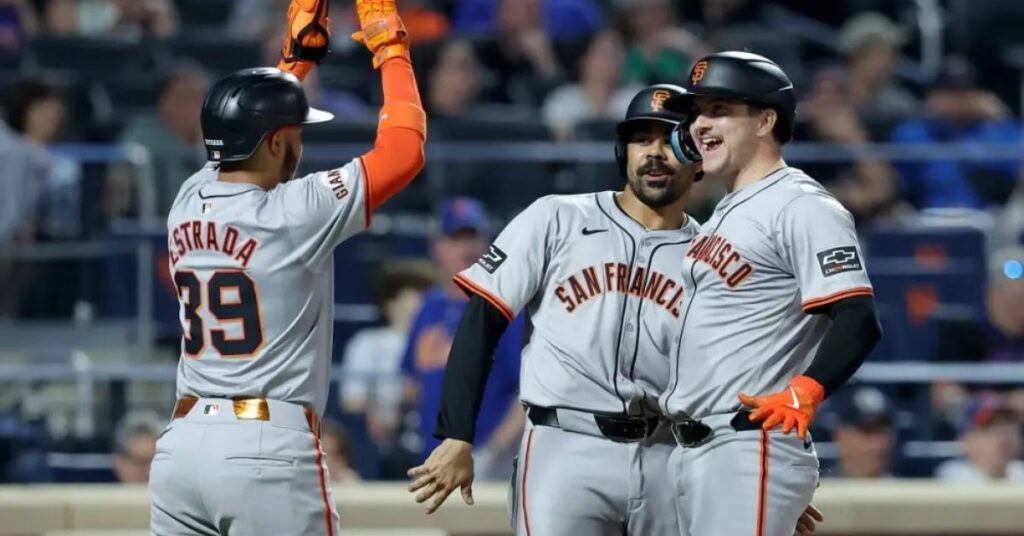
Team chemistry plays a crucial role in Phillies-Giants games. Players who work well together often outperform individual talents. The synergy between teammates can lead to unexpected victories.
Managerial decisions greatly impact game outcomes. Timely pitching changes can save close games. Strategic pinch-hitting choices may turn the tide in critical moments.
Home field advantage shouldn’t be underestimated in these matchups. Familiar surroundings can boost a team’s confidence. Supportive home crowds often energize players during tough situations.
Bullpen Effectiveness
A strong bullpen can secure victories. It can also keep games close when trailing. Key metrics for bullpen performance include:
- ERA
- WHIP (Walks plus Hits per Inning Pitched)
- Save percentage
- Hold percentage
Effective bullpens often have ERAs below 3.50. They maintain WHIPs under 1.20.
Starting Pitching Matchups
The battle between starting pitchers sets the tone. A dominant start can energize a team. It can also demoralize opponents. Look at these factors when assessing starting pitchers:
- Season ERA and WHIP
- Recent performance trends
- Head-to-head history against the opposing team
- Home/away splits
Pitchers with consistent performance across these metrics often give their team an edge.
Offensive Production
Scoring runs is the ultimate goal in baseball. Teams need consistent offensive output to win. Key offensive stats to watch include:
- Team batting average
- On-base percentage
- Slugging percentage
- Runs scored per game
Successful teams often rank in the top 10 in most of these categories.
Defensive Efficiency
Strong defense can save runs and preserve leads. It can also frustrate opposing hitters. Important defensive metrics include:
- Fielding percentage
- Defensive Runs Saved (DRS)
- Ultimate Zone Rating (UZR)
Teams with positive DRS and UZR values often perform well defensively.
Historical Trends in Phillies VS San Francisco Giants Matchups
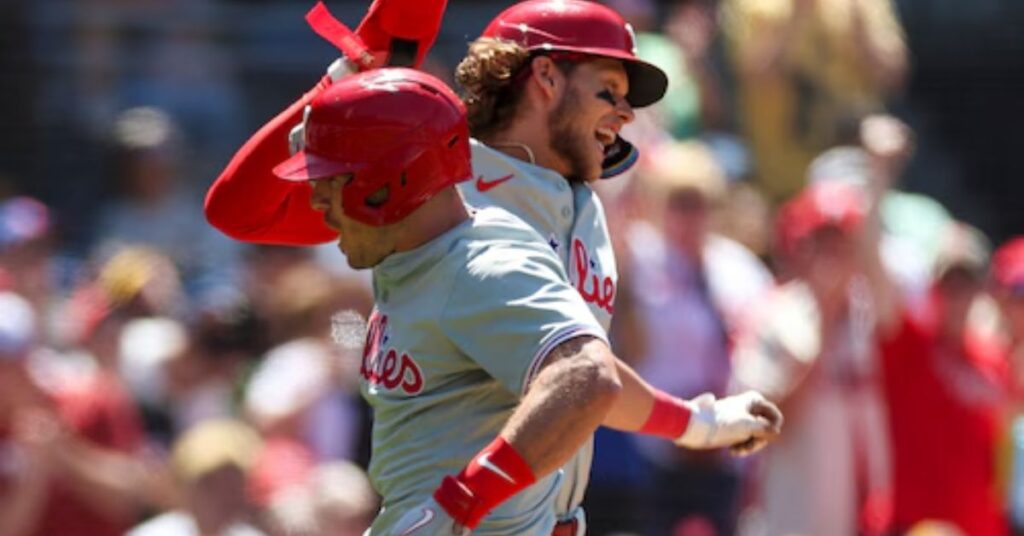
The Phillies and Giants have a long-standing rivalry. Their matchups date back to the late 19th century. Over the years, they’ve engaged in numerous memorable battles.
Postseason encounters have intensified their competition. The 2010 NLCS stands out as a pivotal moment. The Giants emerged victorious en route to their World Series title.
Home field advantage has played a role in their matchups. Both teams have iconic ballparks with unique characteristics. These venues have witnessed many thrilling games between the two franchises.
Head-to-Head Records
Overall win-loss records show long-term trends. They can indicate which team has had the upper hand. Consider these factors when looking at head-to-head records:
- Home vs. away performance
- Regular season vs. postseason results
- Recent years’ trends
These records can reveal each team’s strengths in different situations.
Key Players and Rivalries
Certain players have left their mark on this rivalry. Their performances often swing the momentum. Look for players who consistently perform well against the opposing team. They may have a psychological edge in these matchups.
Postseason Battles
Playoff encounters carry extra weight. They create lasting memories for fans and players alike. Notable postseason series between the Phillies and Giants include:
- 2010 NLCS
- 1993 NLCS
These series have added chapters to the rivalry’s story.
Ballpark Factors
Each team’s home stadium can influence game outcomes. Consider these ballpark characteristics:
- Dimensions
- Weather patterns
- Altitude
These factors can affect strategy and player performance.
Frequently Asked Questions
How often do the Phillies and Giants play each other?
As members of different divisions, they typically face off 6-7 times per regular season.
Who holds the record for most home runs in Phillies vs Giants games?
This record can change, but historically, players like Barry Bonds and Mike Schmidt have excelled.
Have the Phillies and Giants ever met in the World Series?
No, they have not met in the World Series, but they’ve faced off in the NLCS.
Which team has the better overall record in their matchups?
The all-time record is close, with the Giants holding a slight edge as of 2023.
Are there any current players who particularly excel in this matchup?
Players like Bryce Harper for the Phillies and Buster Posey (now retired) for the Giants have had notable performances.
Conclusion
The Phillies vs Giants rivalry continues to captivate baseball fans. Player stats offer insight into game dynamics and potential outcomes. Team performance and historical trends provide context for each matchup.
As these teams continue to face off, new chapters in their rivalry unfold. Fans can expect exciting games filled with stellar performances and intense competition.
Whether you’re a die-hard supporter or a casual observer, Phillies vs Giants games promise baseball at its best.

Genesis Lorara, an esteemed writer and instructor with over five years of dedicated experience, brings insightful wisdom to “themartialartstips” website. With a deep-rooted passion for various fields, Genesis shares invaluable insights, techniques, and perspectives honed through years of practice and teaching, enriching the community with expertise and guidance across categories such as biography, headlines, business, information, blog, entertainment, and lifestyle.
Genesis Lorara, an esteemed writer and instructor with over five years of dedicated experience, brings insightful wisdom to “themartialartstips” website. With a deep-rooted passion for various fields, Genesis shares invaluable insights, techniques, and perspectives honed through years of practice and teaching, enriching the community with expertise and guidance across categories such as biography, headlines, business, information, blog, entertainment, and lifestyle.
